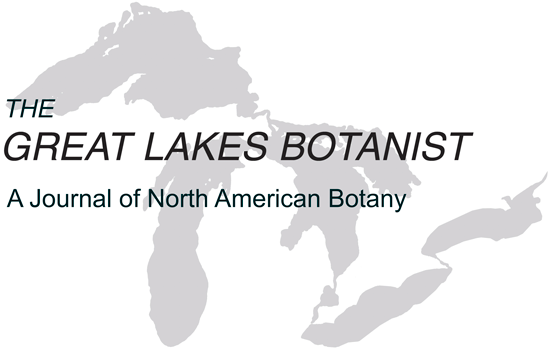ï~~
118
THE MICHIGAN BOTANIST
Vol. 50
RELIABILITY OF WISCONSIN OAK SPECIES
IDENTIFICATION BASED ON HERBARIUM SPECIMENS
Jeffrey Lee Ralston
663 Yorkshire Road
Neenah, WI 54956
ABSTRACT
Identification of oak species is an important part of natural resource science and field work, but
there exists little quantitative information about the reliability of individuals to make these identifications. This study examines the reliability among forestry students and faculty at The University of
Wisconsin-Stevens Point when identifying oak species from herbarium specimens. Percent agreement ranged from 10 to 100 percent and inter-rater reliability was consistently fair. Both measures
were highest for graduate students, the group with consistent field experience identifying oak species
and a relatively high self-perceived level of competence. These results have implications when designing experiments or comparative studies, which require observers to identify oaks to the species
level, and for forestry monitoring programs, which generate trend data using different staff over long
time periods.
KEYWORDS: Quercus section Lobatae, Fleiss' kappa, forestry students, percent agreement
INTRODUCTION
Researchers and workers in natural resources often identify oak trees to the
species level (Johnson 1975; Stambaugh and Guyette 2008; Mujuri and Demchik 2009) and the Forest Service conducts annual surveys of forest resources
that often rely on accurate identification of oak species (USDA Forest Service
2011). Quality assurance is a key component of these surveys. The reliability of
oak species identifications has implications for interpretation of research findings, particularly those that rely on multiple observers and longitudinal studies.
Currently there is no information in the published literature providing data regarding the agreement among observers identifying oak species.
Within North America there are three sections of the genus Quercus L.
(Nixon 1993; Jensen 1997): section Quercus L., section Protobalanus (Trelease)
A. Camus, and section Lobatae G. Don. Within section Lobatae, five distinct
species are recognized in Wisconsin: scarlet oak (Quercus coccinea Mtinchh.),
northern pin oak (Quercus ellipsoidalis E.J. Hill), pin oak (Quercus palustris
Mtinchh.), northern red oak (Quercus rubra L.), and black oak (Quercus velutina
Lam.) (Fewless 2004; Freckmann 2010). Fertile hybrids between members of
the same section, many of which are named, are known to occur (Palmer 1942;
Jensen and Eshbaugh 1976a; Cottam et al. 1982, p. 47). The presence of trees
with intermediate characters, or combinations of characters, supports the presence of putative hybrids (Jensen and Eshbaugh 1976a; Jensen and Eshbaugh
1976b).
The treatment in Flora of North America (FNA) suggests that these species
0


